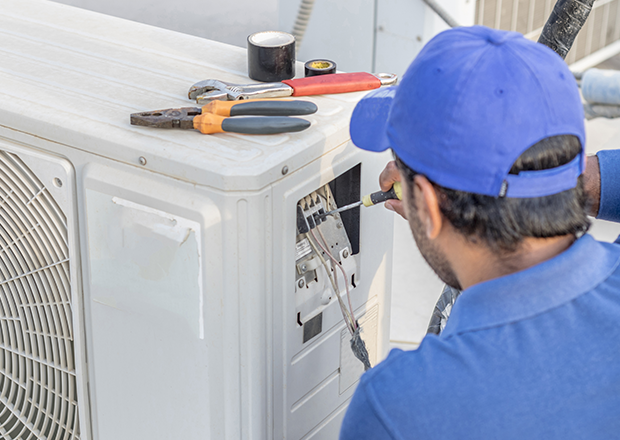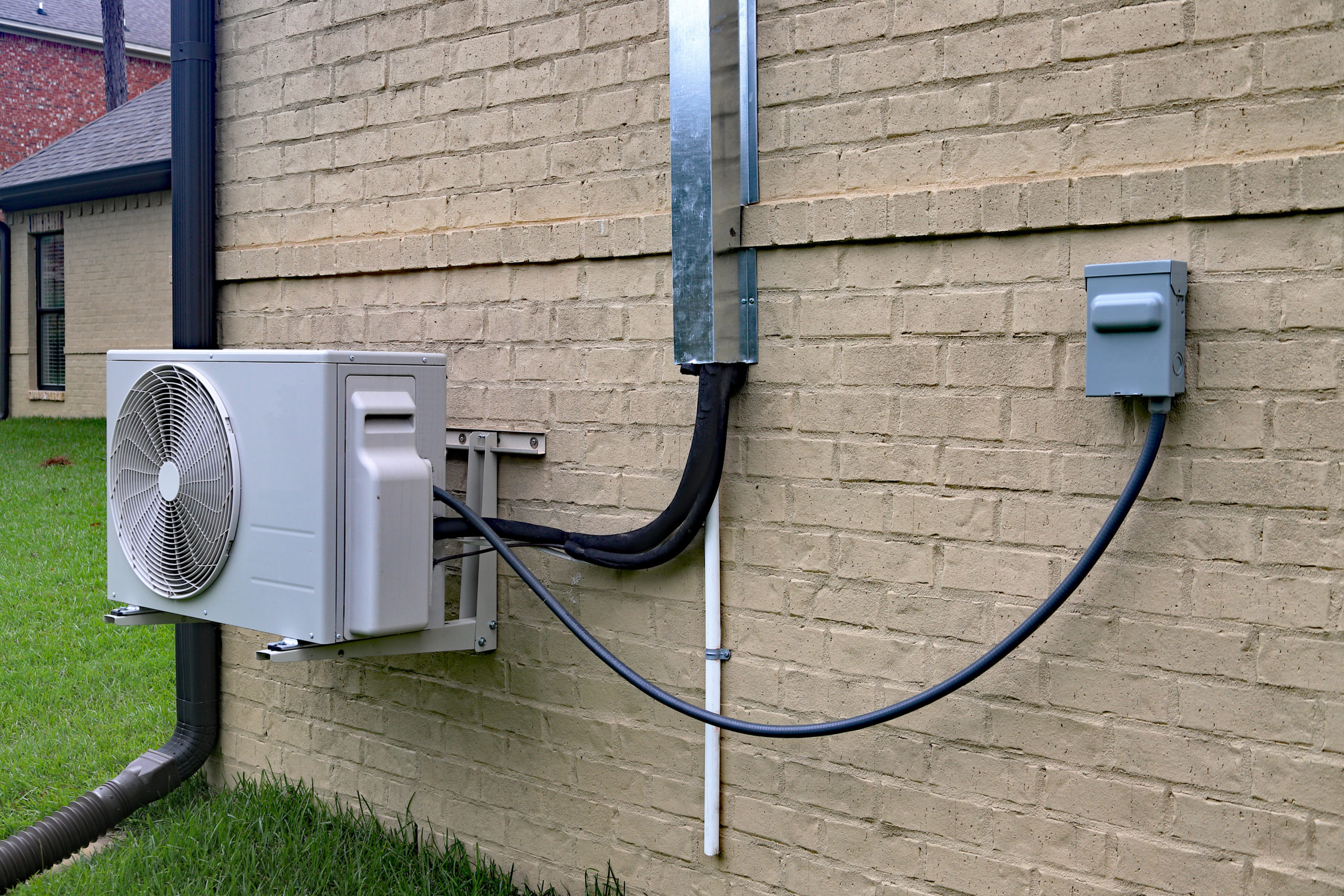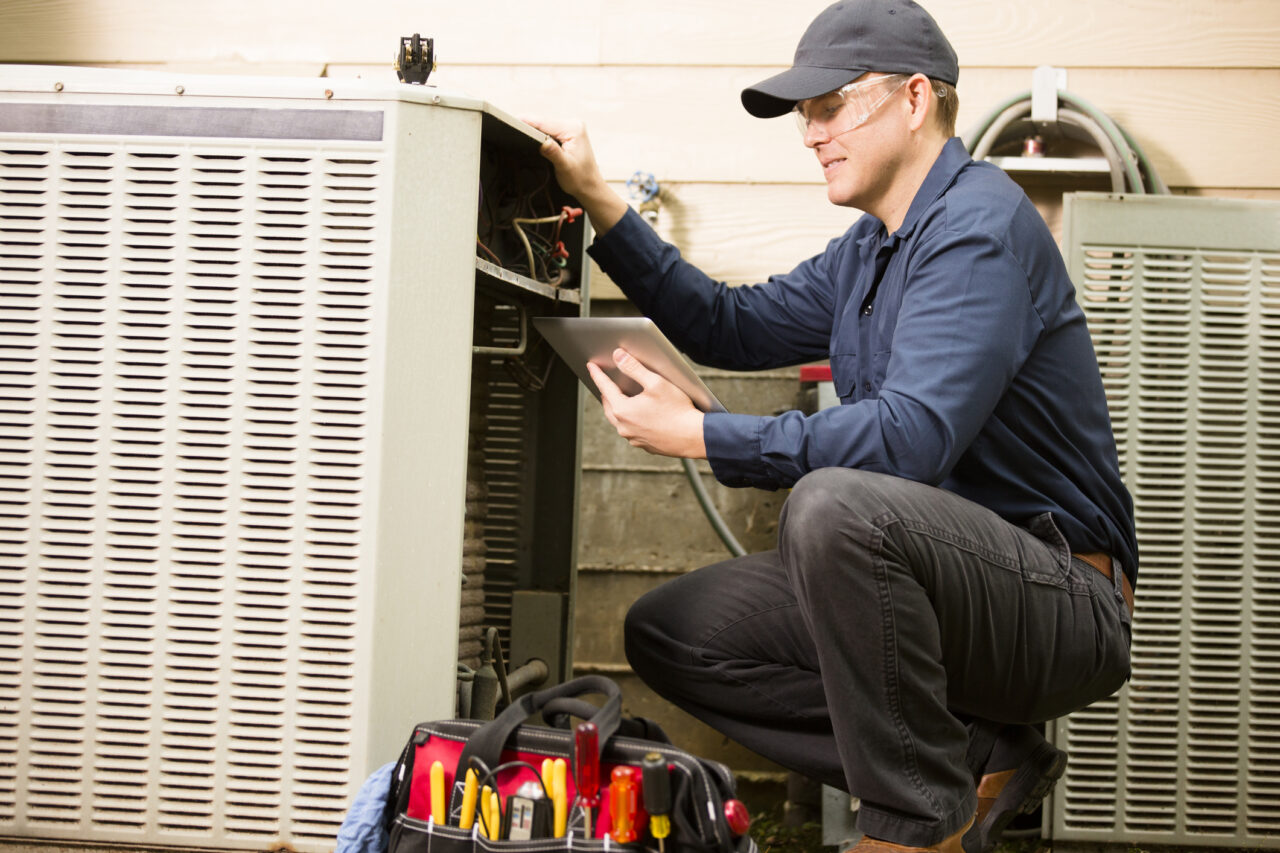Thinking about the complexities of cooling old residences, cooling installment for historical homes postures peculiar predicaments.
Just how can you protect the honesty of duration homes while ensuring excellent indoor comfort?
Decipher the enigmatic interaction in between modern-day cooling benefits and classic building treasures in the following conversation.
Key Takeaways
- Maintain historic charm with proper materials and professional support.
- Upgrade electric systems for contemporary cooling and heating compatibility and security.
- Explore compact air conditioning options like mini-split or high-velocity systems.
- Improve power efficiency through insulation, clever thermostats, and maintenance.
Historic Considerations
When considering the installment of a/c in a historical home, it's important to understand the distinct historical facets of the residential or commercial property. Remediation obstacles typically develop when attempting to mix modern-day comfort with maintaining the historic stability of the home. The building influence of setting up cooling have to be very carefully reviewed to see to it that the system does not diminish the home's initial layout.

Protecting the historic beauty of a home while upgrading its features can be a delicate balance. Remediation difficulties might consist of finding methods to conceal ductwork, situating discreet areas for the outside device, or adapting the system to fit within the existing building restrictions. It's essential to work with specialists experienced in historical home renovations to navigate these difficulties effectively.
The building impact of adding a/c can be significant. Careful factor to consider must be given to exactly how vents, thermostats, and various other components will blend with the home's visual. Seeing to it that the installation does not jeopardize the historic integrity of the residential property is vital when undertaking such a project in a historical home.
Examining Electrical Systems
To assure an effective setup of air conditioning in a historic home, assessing the compatibility and capacity of the existing electrical systems is important. Before waging the installment, it is essential to evaluate whether the electrical system can handle the additional tons that the air conditioning device will certainly present. In many cases, updating the voltage of the electrical system might be required to ensure it can power the brand-new air conditioning system efficiently.
System compatibility is another key factor to review when examining the electrical arrangement of a historical home. Older electric systems might not be compatible with contemporary a/c devices, which could result in malfunctions and even pose safety and security threats. Making sure that the electrical system is compatible with the new air conditioning equipment will help stop any kind of possible problems down the line.
Space Restrictions and Ductwork Options
When dealing with restricted space in your historical home, you might intend to discover ductless mini-split systems or high-velocity heating and cooling systems as feasible choices. These systems can provide efficient air conditioning without the need for extensive ductwork, making them appropriate for older homes with room restraints.
Ductless Mini-Split Systems
Taking into consideration space constraints and various ductwork options, ductless mini-split systems provide a functional service for cooling installment in historic homes. These systems supply considerable power cost savings compared to typical heating and cooling configurations, as they allow for zoning, meaning you can cool down certain areas just when needed.
The layout versatility of ductless mini-split systems is additionally advantageous for historic homes, where preserving the original appearances is vital. With no ductwork called for, installation is much less intrusive, making it a favored choice for older homes with restricted area or where preserving building honesty is a top priority.
Ductless mini-split systems are efficient, personalized, and mix perfectly right into historic insides, supplying a functional and energy-efficient air conditioning solution.

High-Velocity HVAC Systems
High-Velocity a/c systems provide a compact and efficient cooling remedy for historic homes with limited space and certain ductwork needs. When thinking about these systems for your historical home, below are 4 bottom lines to keep in mind:
- Mini air duct systems: High-Velocity heating and cooling systems make use of tiny air ducts that are much smaller in size compared to conventional ductwork, making them excellent for homes with room constraints.
- Compact layout: The portable layout of these systems permits much easier installation in older homes where space is limited.
- Effective cooling: In spite of their small dimension, high-velocity systems are capable of offering efficient air conditioning throughout your historic home.
- Versatile setup: These systems provide different ductwork choices, such as versatile tubing, which can be routed via existing wall surfaces without major restorations.
Energy Efficiency Solutions
To improve the energy effectiveness of your historic home, take into consideration upgrading the insulation and incorporating a smart thermostat. These remedies can assist manage indoor temperatures effectively and minimize power intake, ensuring a more lasting and cost-efficient cooling system for your one-of-a-kind residential or commercial property.
Make these upgrades component of your cooling installment strategy to optimize comfort while lessening environmental effect.
Insulation Upgrades
Updating the insulation in your historical home can significantly improve its power performance and general comfort while protecting its special personality and beauty. Think about these essential methods for insulation upgrades:
- Assess Window Treatments: Installing energy-efficient window therapies like protected curtains or blinds can assist decrease heat transfer and improve the overall effectiveness of your home.
- Enhance Roofing System Insulation: Upgrading roof insulation is essential for much better temperature level regulation within your historical home, assisting to maintain it cool in the summertime and cozy in the wintertime.
- Seal Gaps and Cracks: Recognizing and securing spaces and cracks in your house's wall surfaces, floorings, and ceilings can protect against air leak and improve insulation efficiency.
- Consider Attic Insulation: Properly protecting your attic room can dramatically minimize warmth loss and enhance the overall energy effectiveness of your home.

Smart Thermostat Assimilation
Taking into consideration the energy-saving advantages of insulation upgrades in your historic home, incorporating a clever thermostat can additionally boost your power performance services.
Smart thermostats offer specific control over your home's temperature level settings, resulting in significant power financial savings. By maximizing heating and cooling routines based upon your preferences and daily regimens, you can decrease energy waste and lower energy expenses.
In addition, clever thermostats give remote access, permitting you to adjust the temperature level setups from anywhere utilizing your mobile phone or computer. This attribute enables you to make certain your home is effectively heated up or cooled even when you're away, optimizing comfort while minimizing energy intake.
Embracing smart thermostat technology is a sensible step in the direction of improving the energy performance of your historical home.
Preservation Strategies for Air Vents
Maintaining the integrity of historical air vents is crucial throughout the installment of a/c systems in older homes. When it involves preserving the building credibility of your historical building while upgrading its comfort, think about the complying with conservation strategies for air vents:
- Repair Techniques: Implement careful restoration techniques to preserve the initial design and product of the air vents, ensuring they mix perfectly with the historic aesthetics of your home. ac installation
- Get in touch with Experts: Consult from specialists experienced in historical preservation to assist you on the very best practices for maintaining the air vents' architectural integrity.
- Custom Solutions: Discover personalized options that accommodate the unique characteristics of your historic air vents, permitting contemporary upgrades without jeopardizing their original appeal.
- Period-Appropriate Materials: Select period-appropriate products when repairing or replacing air vents, guaranteeing they line up with the historical era of your home's style.
Specialist Tips for Successful Setup
When installing cooling in historic homes, guaranteeing successful setup needs complying with professional ideas for a smooth integration with your building's unique features.
Start by carefully assessing service warranty insurance coverage supplied by various heating and cooling firms to protect your investment in situation of breakdowns. Get all necessary permit needs from regional authorities before starting any setup job to avoid lawful problems down the line.
Budget preparation is essential; see to it to account for any type of unanticipated expenses that might emerge throughout the installation procedure. In addition, establish upkeep routines from the beginning to maintain your new system running successfully for several years to come.
Often Asked Inquiries
Can Air Conditioning Be Set Up in a Historic Home Without Compromising Its Historic Honesty?
Yes, you can mount air conditioning in a historic home without endangering its historic honesty. Preservation strategies can be used to effortlessly incorporate modern-day air conditioning systems while preserving the home's initial appeal.
By strategically placing ductwork and systems unseen, you can guarantee that the historical attributes stay noticeable.
It's feasible to appreciate the comforts of a/c in a historical home without sacrificing its special character.
Are There Special Considerations to Bear In Mind When Putting Up A/c in a Historic Home With Outdated Electric Solutions?
When upgrading circuitry in a historic home with outdated electric systems, unique considerations are crucial. Preservation techniques must be utilized to preserve the historical honesty of the residential property.
It's important to collaborate with professionals who recognize the delicate balance between modern-day benefits and protecting the home's unique personality.
How Can Ductwork Be Inconspicuously Installed in a Historic Home With Limited Space?
When taking care of limited space in a historical home, you'll require to contemplate discreet design and space-saving options for setting up ductwork. To keep historic conservation while taking pleasure in contemporary ease, explore innovative ways to tuck ducts away without jeopardizing the home's appearances.
Consider slim duct options or contemplate utilizing existing tooth cavities for duct positioning. By mixing performance with subtlety, you can guarantee a smooth combination of a/c in your historical home.
What Are Some Energy-Efficient Options for Air Conditioning in Historic Homes?
When looking for energy-efficient alternatives for cooling in historic homes, think about utilizing energy-efficient zoning and small split systems. Energy-efficient zoning aids manage temperatures in various zones of your home, conserving energy.
Mini split systems are a great selection for older homes with minimal room, supplying both cooling and heating functions. By choosing these services, you can maintain your historic home comfortable without jeopardizing on power efficiency.
Exist Details Conservation Strategies That Should Be Made Use Of for Historic Air Vents Throughout Installation?
When installing air conditioning in historical homes, preservation methods play a pivotal duty. It is essential to make certain that the existing air vents are very carefully incorporated right into the new system to preserve the historical visual of the home.
Conclusion
When mounting cooling in historic homes, it's important to contemplate the special challenges such as maintaining the home's historic honesty, examining electrical systems, and functioning within area restrictions.
By meticulously preparing and using energy-efficient services, you can effectively mount cooling without compromising the personality of your historical home.
Remember to get in touch with professionals for advice and assurance appropriate conservation strategies for air vents to preserve the appeal and functionality of your home.
